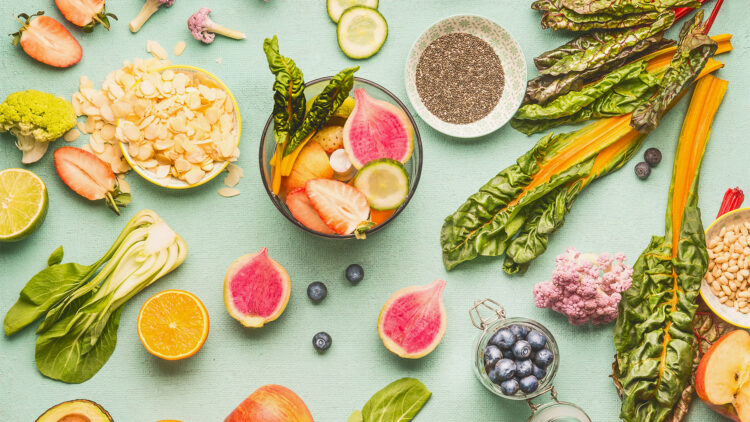Every year, about 795,000 people in the United States suffer from strokes. And we cannot change age or genetics, but we can change what we eat. And that already helps a lot.
Having good “health hygiene” can be difficult at first. Doing exercises, having a more active life, reducing excess, like alcohol—all of that at once can be hard. But eating better is usually a good way to start because it begins from the inside out. It can change your whole body. And once you start seeing and feeling the results (less fatigue, more energy, better mood, less inflammation), the rest will come easier.
Following healthier patterns like the Mediterranean diet or the DASH diet can improve blood pressure, cholesterol, and blood sugar. According to cardiologists and nutritionists, food rich in potassium, omega-3, polyphenols, and magnesium keeps the arteries flexible; they also decrease inflammation and reduce blood clots from forming. Once you have managed to do all of that, the probability of ischemic and hemorrhagic strokes drops.
8 foods that experts recommend
- Green leafy veggies (spinach, kale, arugula): They have natural nitrates that help relax the arteries and get better blood flow, which benefits more stable pressure.
- Oranges and other citrus fruits: They provide vitamin C, folate, potassium, and soluble fibers. This combination helps drop LDL cholesterol (the bad one) levels and takes good care of your blood vessels.
- Nuts: rich in omega-3 and antioxidants, so they can reduce inflammation and blood pressure. A handful a day is already enough.
- Low-sugar yogurt: It contributes calcium, potassium, and probiotics. The mix of these nutrients and the “good” bacteria is linked to better numbers when it comes to blood pressure.
- Oats and whole beans: These are a great source of fiber, magnesium, and antioxidants. They stabilize glucose and reduce inflammation as well, which protects your arteries.
- Blue fish (salmon, sardines, mackerel): Rich in Omega-3 (EPA and DHA), great fatty acids that improve the fat that’s present in blood, and decrease blood clot risk.
- Soluble fiber foods (apple, pear, fig, carrot, sweet potato, broccoli): all the soluble fiber from these foods helps reduce the LDL cholesterol and also keeps the intestine healthy.
- Vegetable proteins (beans and legumes): They give protein and fiber but without the saturated fats meat has. This is great for the heart and the blood vessels.
Besides the 8 aliments mentioned just before, there are a few others that are polyphenols, and if consumed in moderation, they can be good thanks to their antioxidant components and anti-inflammatory characteristics: coffee, green tea, avocado, beetroot, legumes, and dark chocolate.
Easy tips for a better diet
Keep the DASH diet and the Mediterranean diet in your mind when you’re preparing your plates. Add more plants: vegetables, fruits, and legumes. Try eating more fish (twice a week if possible), and swipe for olive oil if you haven’t yet. And of course, less ultraprocessed food.
Change your snacks to nuts, fruits, and oats. It still tastes like a snack and usually feels more filling.
Add leafy greens anywhere you can, in sandwiches, bowls, or smoothies. And choose a natural and low-sugar yogurt.
Avoiding strokes with good alimentation
Food might not be everything that’s going to stop you from having a stroke, but it does matter a lot. Cardiologists and nutritionists agree on that: if you prioritize potassium, omega-3, polyphenols, and magnesium, the risks of having a stroke (either hemorrhagic or ischemic) drop.
The Mediterranean diet and the DASH diet have been proven to have good results for a long period of time. Countries in the blue zones (areas in which people have low rates of chronic disease and live longer than anywhere else) often eat better. The better you put in your body, the healthier you will be.

